The latest and greatest trends come and go as companies look for gimmicks to get money out of gun owner’s pockets,.
But what about trends in gun ownership?
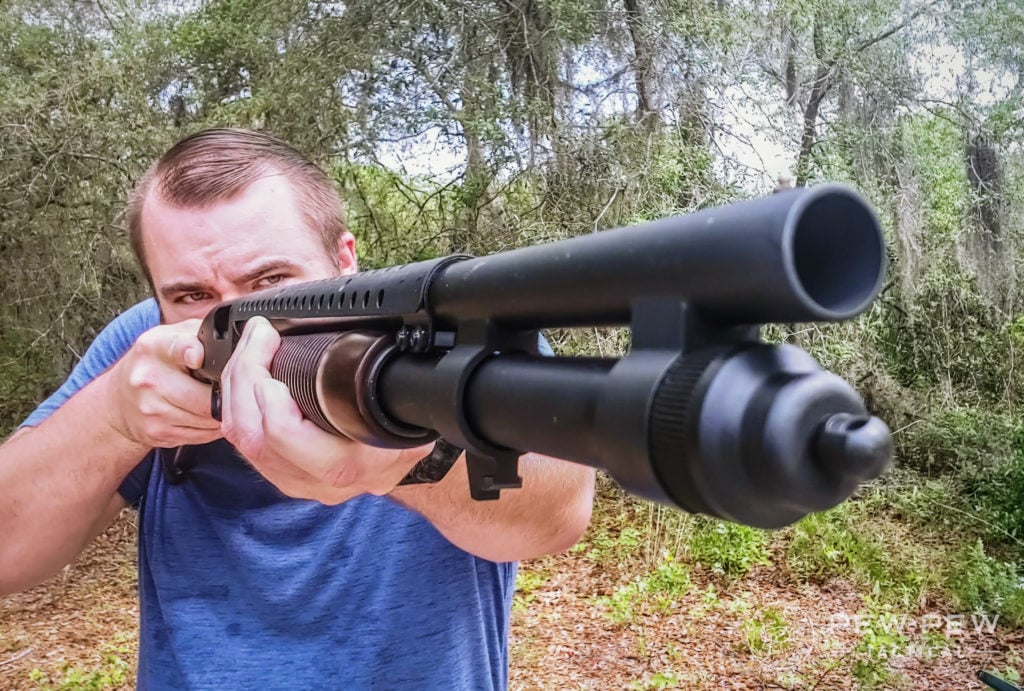
How have gun trends changed regarding specific platforms, the number of guns owned, and so on?
We’re going to take a look at some interesting gun trends and see how they may or may not influence future patterns.
Table of Contents
Loading…
To the Polls: Gallup, That is
When analyzing gun trends through the years, where does an amateur data scientist go for stats and figures?
Gallup Polls, of course.
The Gallup Poll is one of the most reliable sources for gun-trend-related numbers.
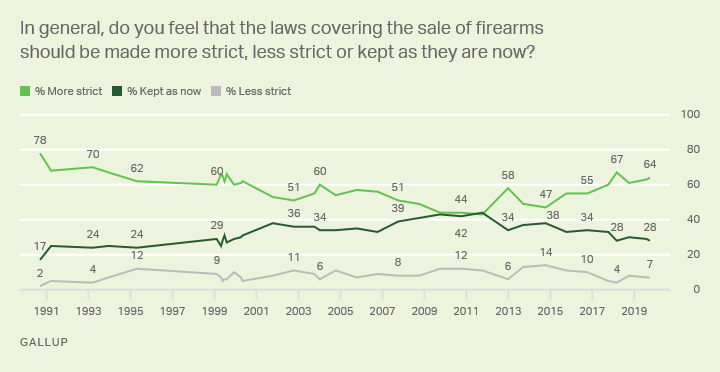
It reaches back decades and polls a swath of Americans on a variety of sentiments.
When looking at gun trends, we’re dipping back into the late 1950s when Americans were first asked about guns in the home.
In 1959, respondents were asked if they had firearms in their homes and 49% said yes at that time.
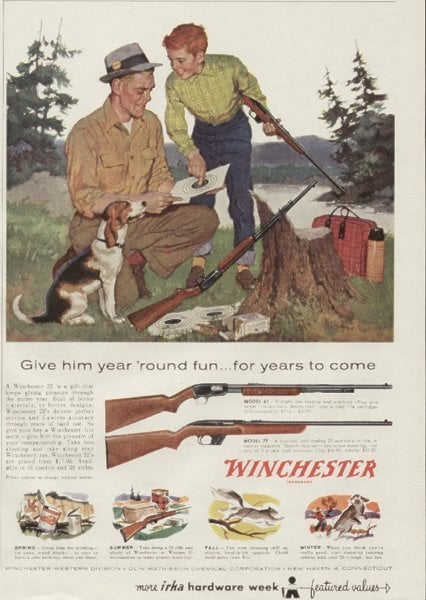
Numbers held steady until about 1996 when there was a precipitous drop with only 38% of respondents admitting to owning guns.
So, what was happening in the mid-1990s that could account for this stiff drop in ownership?
Well…
Assault Weapons Bans Ruin Everything
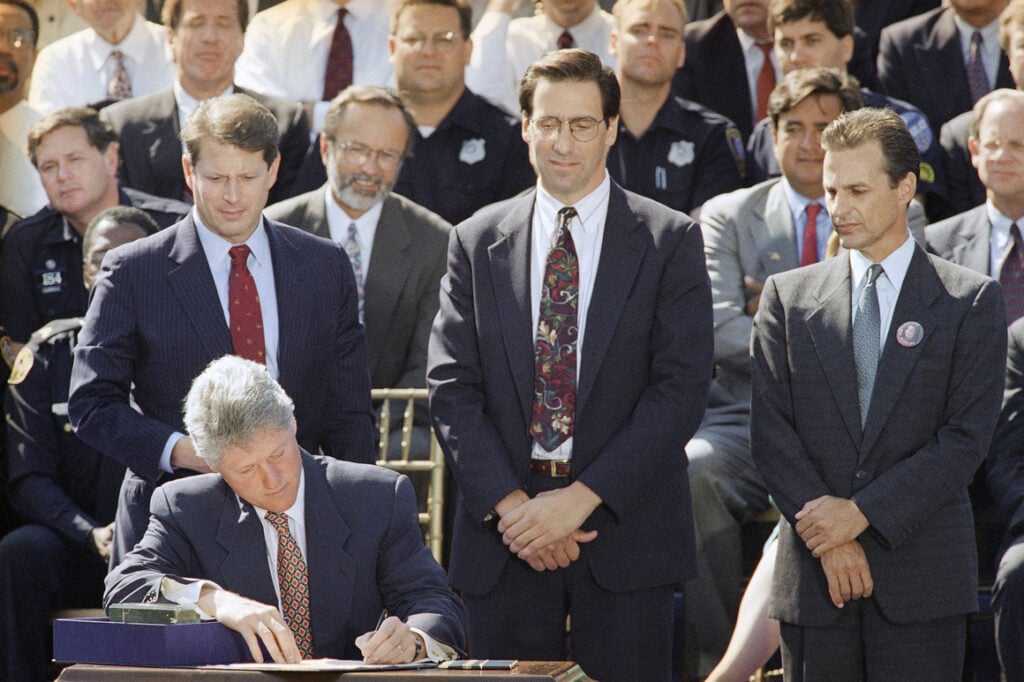
In September of 1994, President Bill Clinton signed the Federal Assault Weapons Ban. The FAWB banned semi-automatic rifles with two or more of the following features:
- Folding or telescopic stock
- Pistol grip
- Bayonet mount
- Flash hider or threaded barrel meant to allow one to be used
- Grenade launcher
It affected handguns, too. Semi-automatic handguns with detachable magazines and two or more of these features were also banned:
- Magazine that attaches outside the grip
- Threaded barrel
- Barrel shroud
- Empty weight of 50-ounces or more
- Semi-automatic versions of full-automatic models
And semi-automatic shotguns with two or more of these:
- Folding or telescopic stock
- Pistol grip
- Detachable magazine
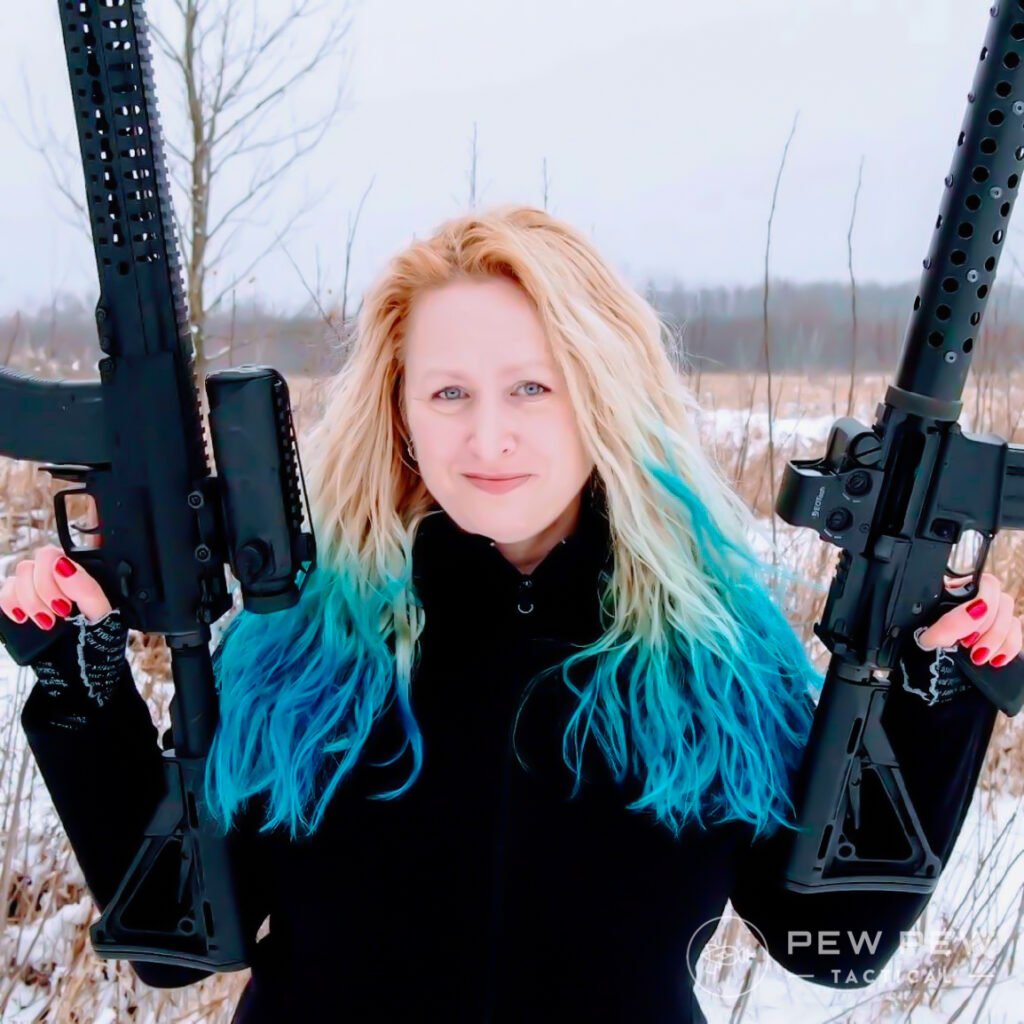
A number of specific model firearms were also banned.
People tend to remember the FAWB as the AR-15 ban but in reality, it affected more than AR-15s.
Regardless, the ban began shifting the perspectives of gun owners in the United States.
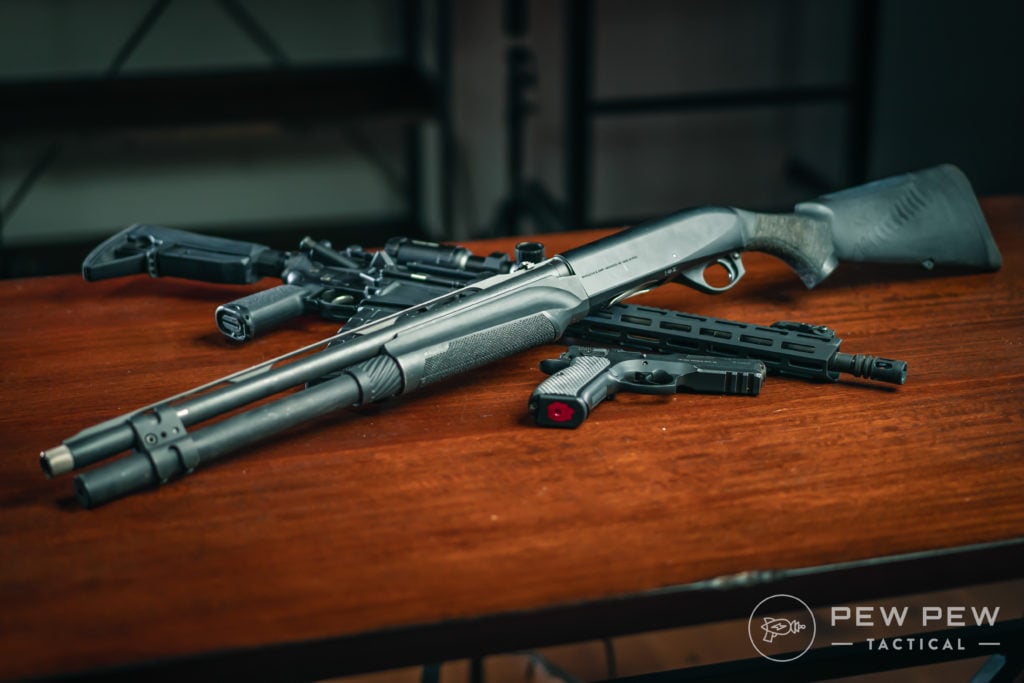
The numbers of homes claiming to own guns decreased and stayed that way.
In 1999, only 34% of homes said they had guns while 2010 gun ownership hovered around 39%.
And in 2019 it was 37%.
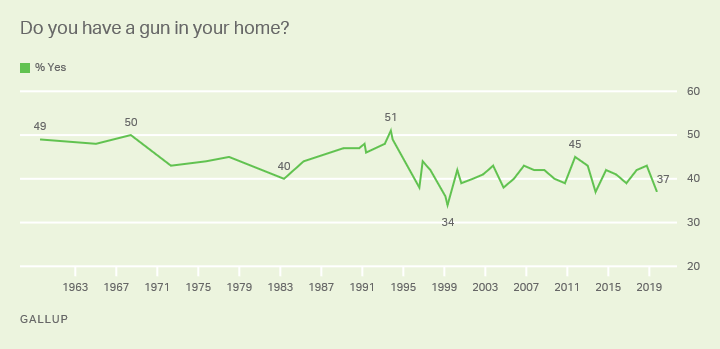
Did Americans’ relationship to guns significantly change after the mid-90s ban?
Probably not.
It seems far more likely that as gun control legislation ramped up the willingness to admit to gun ownership declined.
After all, we’re all familiar with the boating accident line which has really become a subtle way to say “none of your business.”
Prices accurate at time of writing
Prices accurate at time of writing
-
25% off all OAKLEY products - OAKLEY25
Copied! Visit Merchant
What we’re likely to see moving forward is a continued decline reported by Gallup as more and more respondents become hesitant to disclose their affiliation with guns and gun ownership.
But What About Handguns?
When Gallup began following guns in 1959, they raised a question to participants.
“Do you think there should or should not be a law that would ban the possession of handguns, except by the police and other authorized persons?”
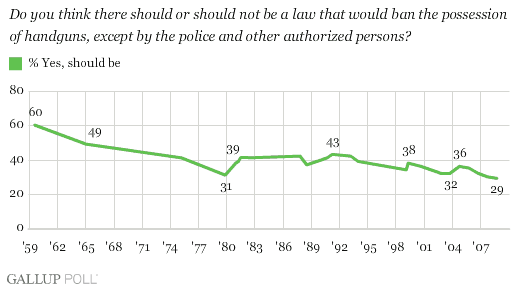
Interestingly, in 1959, 60% of respondents agreed with a handgun ban, but as the years carried on, those numbers shifted drastically.
By 1979, just 31% continued to agree with a ban and in 2019, only 29% felt handguns should be banned with exemptions given to law enforcement and authorized persons.
What caused this shift in the era of disco?
It began in the 1960s, as law enforcement shifted to community policing — meaning police made a push towards community involvement and awareness as a crime deterrent.
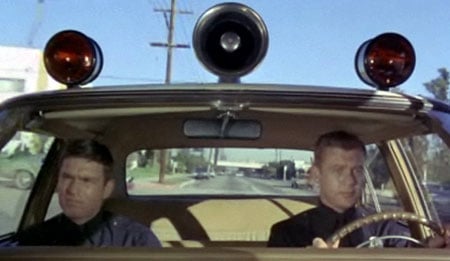
But it was in 1968 when public sentiment began to rapidly change with the introduction of federal age limits on handgun purchases with the Gun Control Act.
Prior to that year, individual states determined age limits for firearms. But the Gun Control Act of 1968 placed a federal age limit of 18 for long guns and 21 for handguns.
While there’s a gap in polling, we know by 1975, 55% of respondents disagreed with a handgun ban.
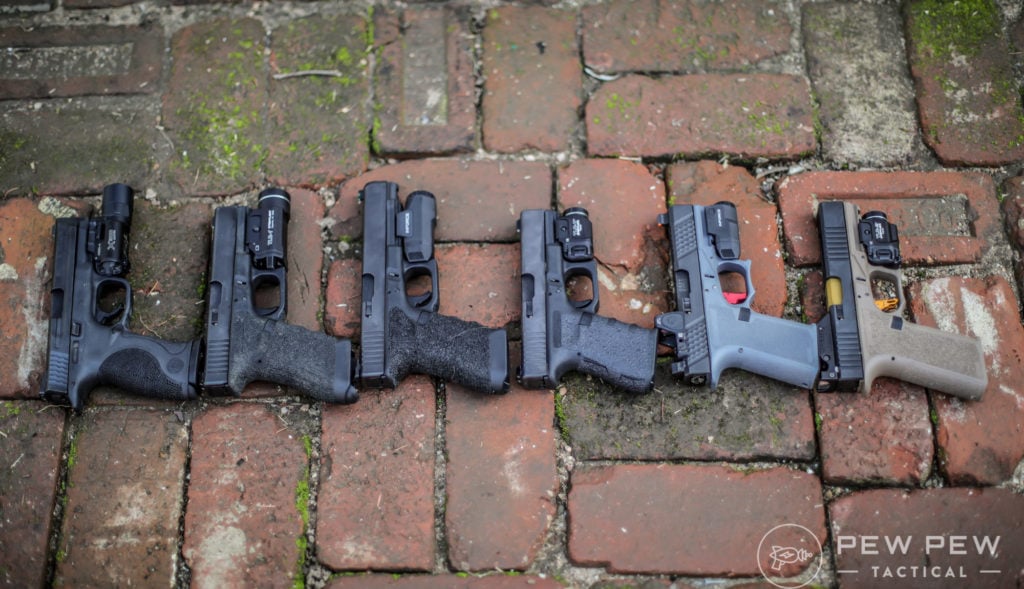
That’s a big change from 1959, where only 30% disagreed.
Handguns continued to become more mainstream as products like Glock and the 1911A1 made their way into popular culture. This, in turn, normalized pistols and improved their general perception among citizens.
By 2012, only 24% of Americans supported a handgun ban.
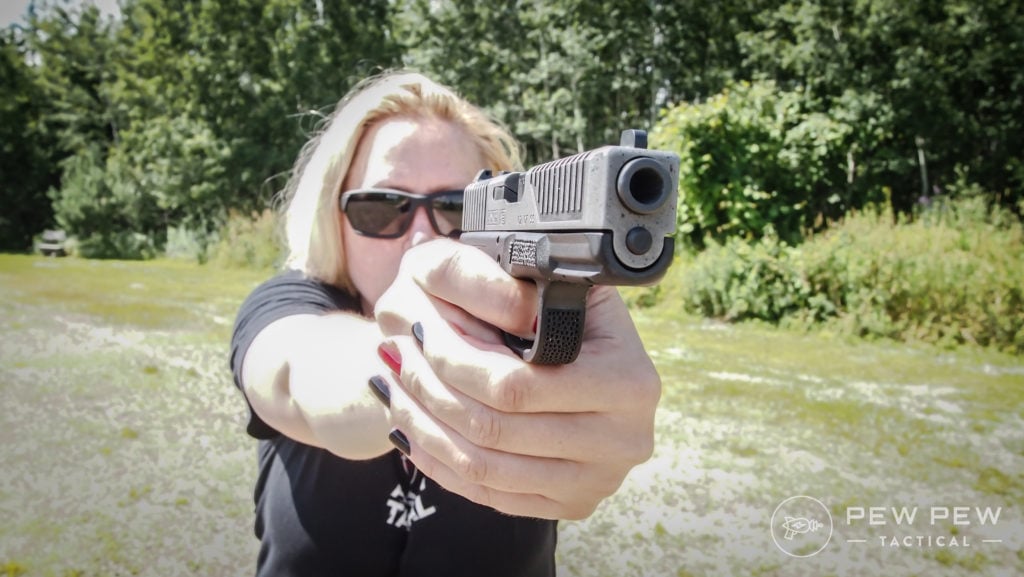
Americans Love Guns
According to the Small Arms Survey of 2018, there are over 1 billion small arms in the world and 857 million are owned by private citizens.
How many guns do Americans claim? 393 million.
In fact, the U.S. accounts for nearly half of guns owned by civilians worldwide.
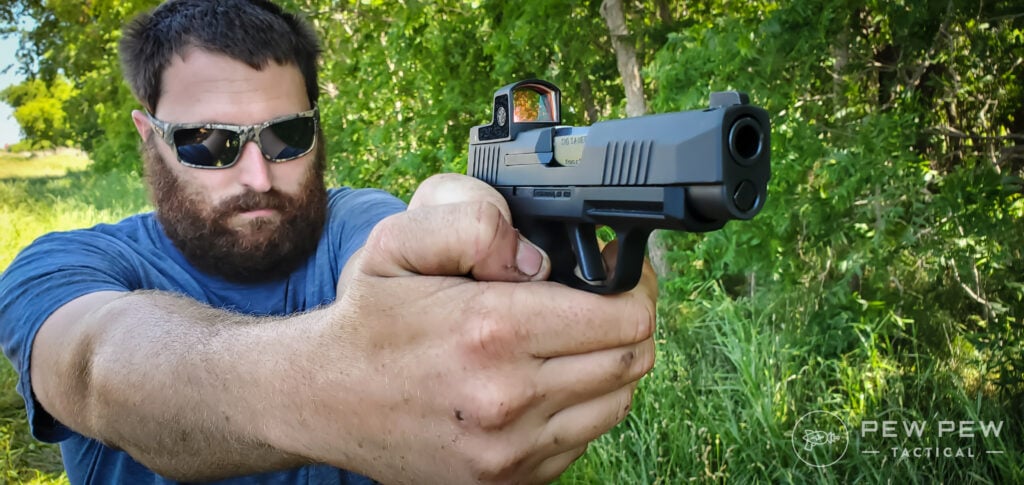
It’s worth mentioning that Gallup and Pew Research rely solely on participation — meaning, honest responses from those polled.
Guns have been in circulation for centuries, passed down through families, and now, can be built in our homes.
Given that, the number of actual guns in American homes is likely much higher than reported figures.

Remember that, again, fear of legislation often prevents respondents from being entirely honest about gun ownership.
Not to mention, things like cultural, societal, and familial pressures might dictate inaccurate responses.
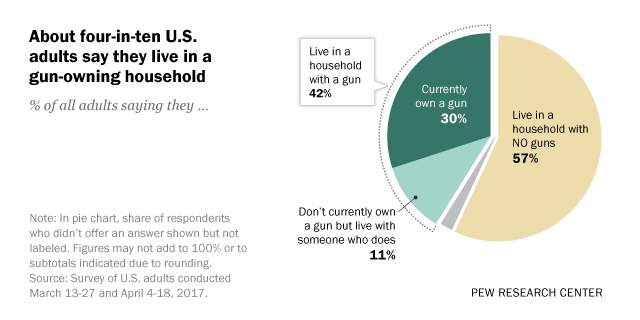
2020: The Year of Skyrocketing Gun Sales
Even without looking at the statistics, we know 2020 was the year of gun sales.
The National Shooting Sports Foundation reported more than 6.5 million gun-sale background checks were conducted from January 1 through April 30.
That’s a 48% year-over-year rise from the same period in 2019.
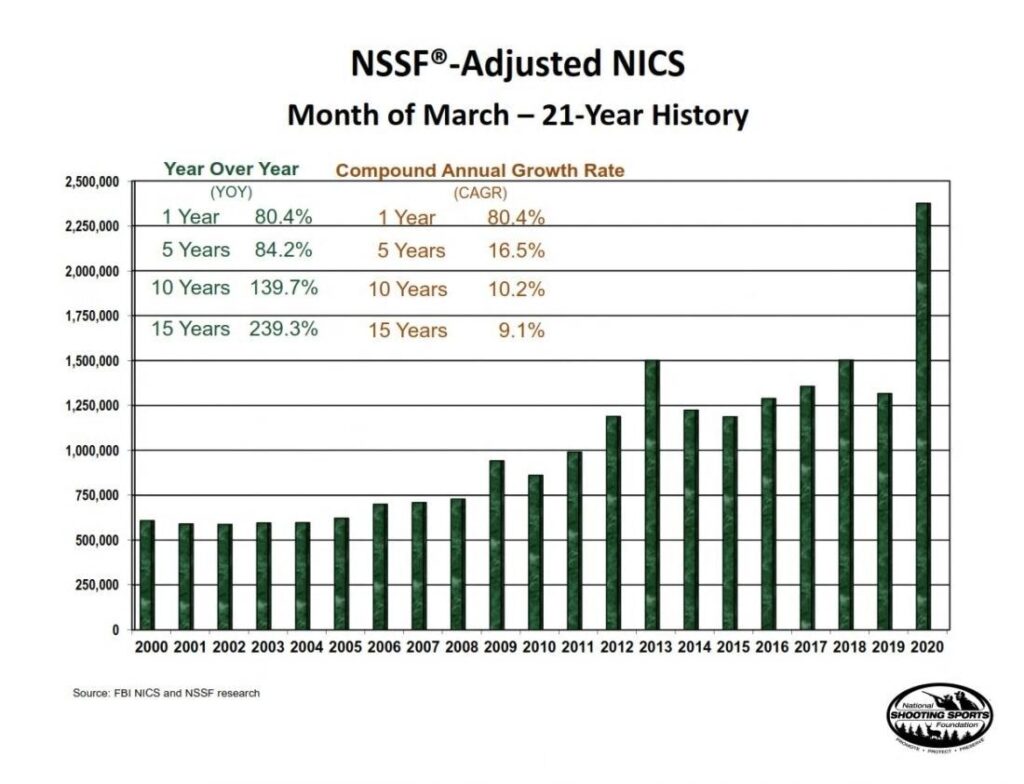
Firearms retailers surveyed by NSSF also reported that around 40% of their sales came from first-time gun buyers.
Diving into numbers even further, the Federal Bureau of Investigation’s National Instant Criminal Background Check System reported over 39 million background checks conducted in 2020. For comparison, 2019 saw roughly 28 million.
With ammo shortages and reduced firearm inventory to back that up, the rising trend of gun ownership doesn’t seem to be stopping anytime soon.
Conclusion
Gun ownership over the past 60 years has trended up. And with 2020 pushing more Americans than ever to step into gun ownership for the first time, it’s likely those numbers won’t drop off.
Do you think that 2021 is going to keep up with 2020 on the gun-buying trend? Let us know in the comments below! Wondering which guns were the most popular panic buys in 2020? Check out our list: What Guns Did People Panic Buy During COVID & Protests in 2020?










Leave a Reply